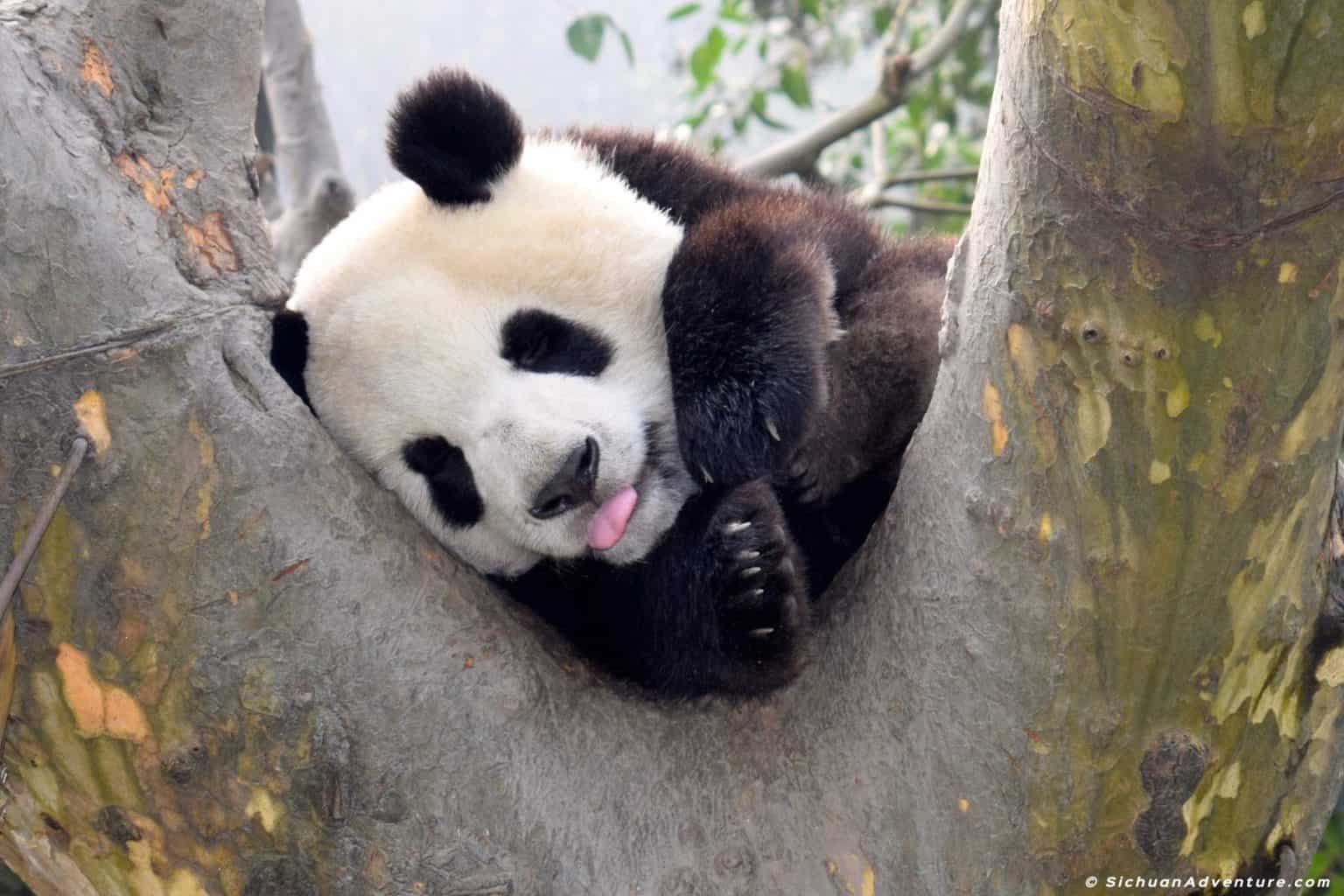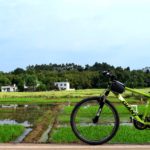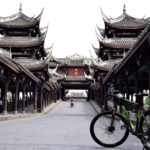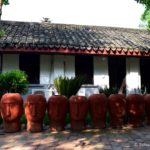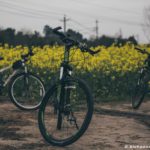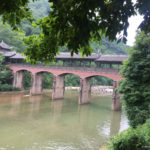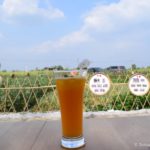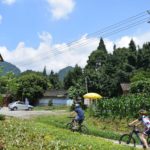Panda Valley
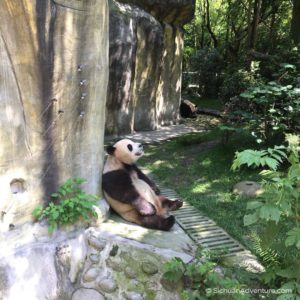
Our day began by visiting the less visited panda base, Panda Valley. Situated underneath Zhaogong Mountain, this research centre was specifically set up to rehabilitate pandas back into the wild. Of course, the bears destined for the mountains behind are hidden from visitors’ gaze,but there are around 10-15 pandas you’re able to see and a short walk through bamboo and forestry brings you to their enclosures. The particular perks of visiting Panda Valley over the base in Chengdu city? It is much, much quieter. Furthermore, the enclosures are nicer, allowing for more intimacy, and the surrounding nature of the park altogether provides a much more tranquil experience. It’s hard to tire of seeing these furry beasts and commentary about China’s panda history from the knowledgeable Leo provided an added boon.
Biking to an Ancient Town
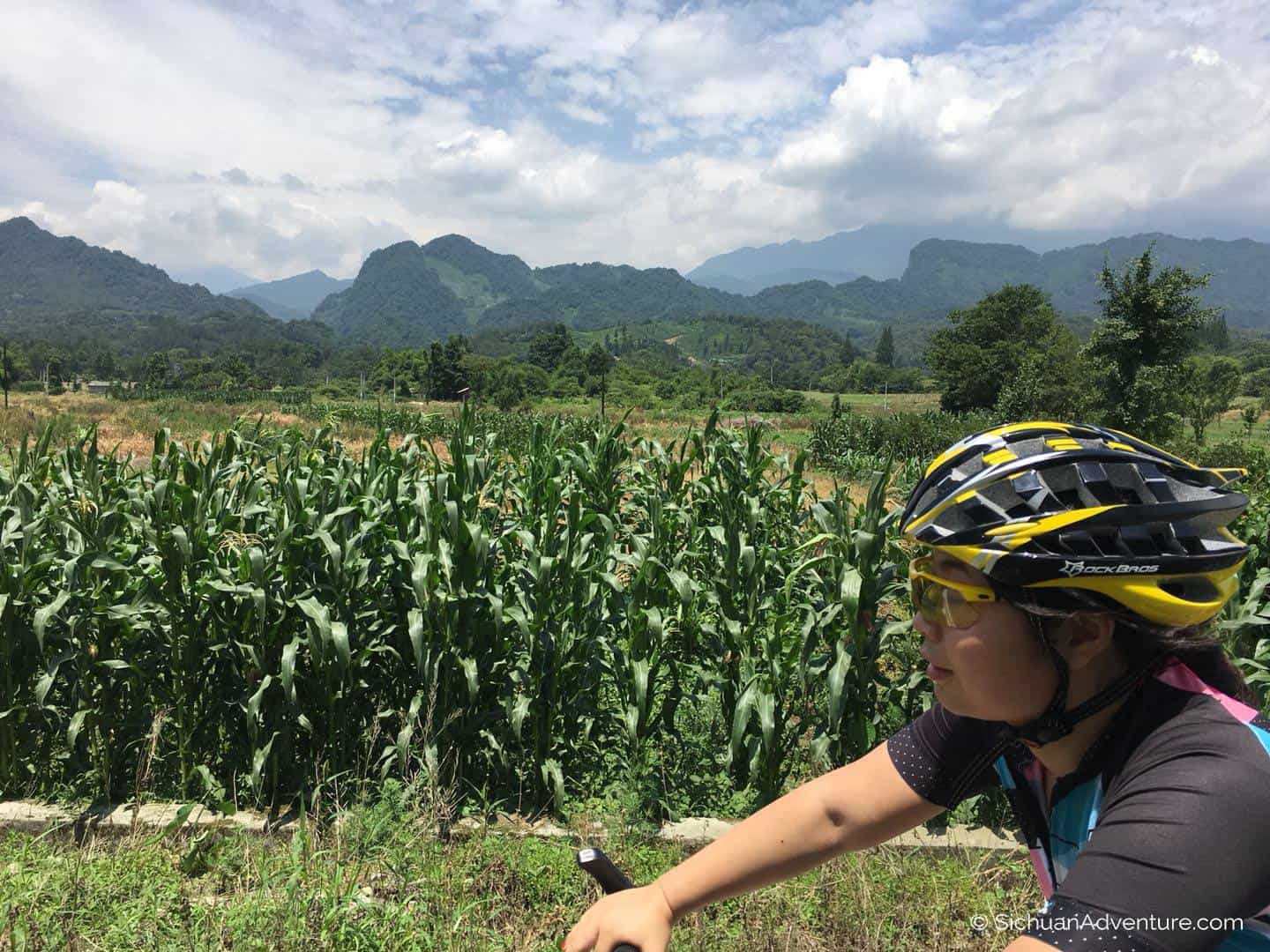
After our fill of nature’s cutest bear, it was time to hit the road and we had 20km to complete before lunch. Luckily, the equipment we had to hand would make this a doddle – we were supplied with everything we could need, including excellent bikes, radios and a support car to help us along. Soon after Panda Valley we had a manageable incline which immediately rewarded us with a generous descent. It was a joy to rip through the countryside, with open fields, farmer’s houses and the mountains towering in the distance. It’s thrilling to know that the mountains marked the beginning of ‘The Roof of the World’ – the largest and highest plateau on earth. I couldn’t keep my eyes off them and, nestled in the trees, you could occasionally see the odd temple or building, begging for your exploration. This view gradually broke as the ride went on and we passed through forests, fields and villages, with the odd restaurant or tea house occasionally grabbing your attention, before we reached the ancient town.
Jiezi Ancient Town
Jiezi Ancient town might not have the charm of Xianshi in Zigong, however, it is still beautiful, with interesting history and it provides an excellent place to lunch. Previously, the town marked the last stop for traders to rest and refuel before undertaking the the arduous journey through the Tibetan Plateau. Now, it is full of restaurants, cafés and shops making use of the people coming to enjoy the picturesque architecture, set besides a beautiful bridge and aqueduct. We had a lunch full of Sichuan’s most famous dishes before taking a stroll along the river, complete with teahouses and people cooling off in the water, before continuing on the last leg of our journey through the countryside.
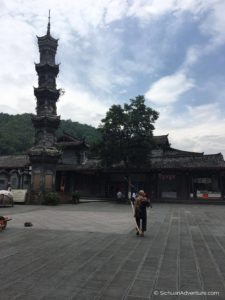
Rural life in modern China
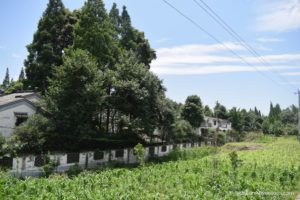
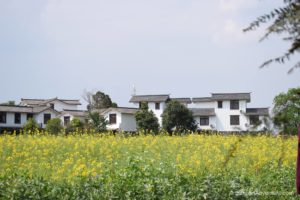
Finish Biking at Baita Lake
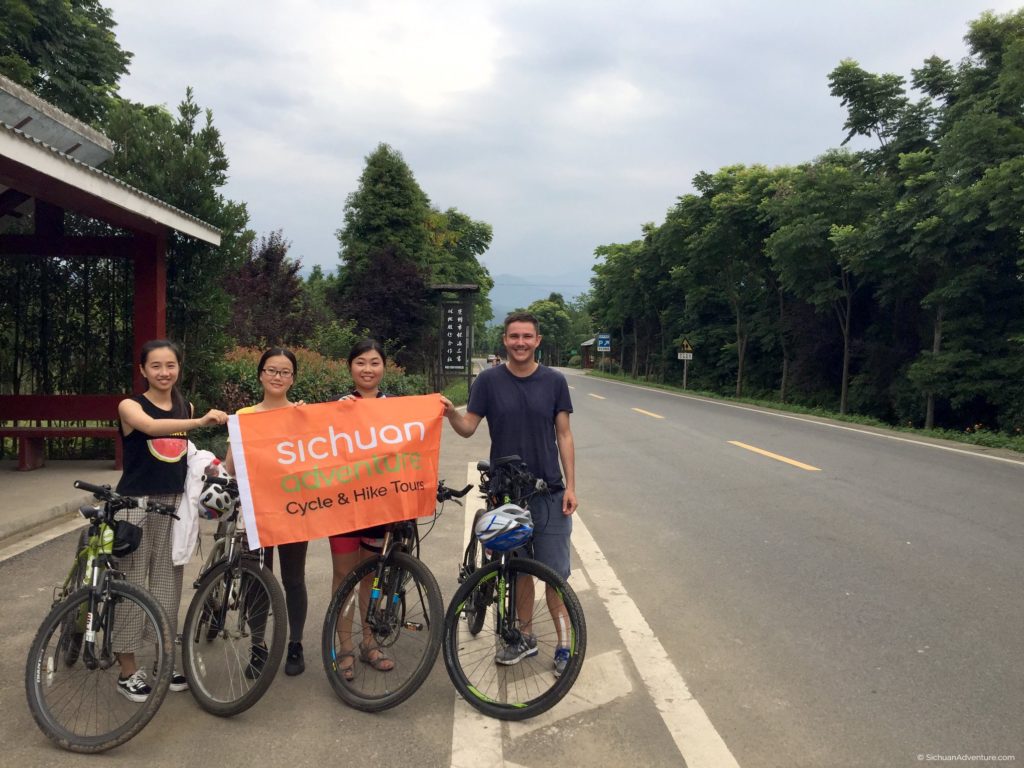
– “Countryside Biking in Sichuan” By Tom Litchfield
